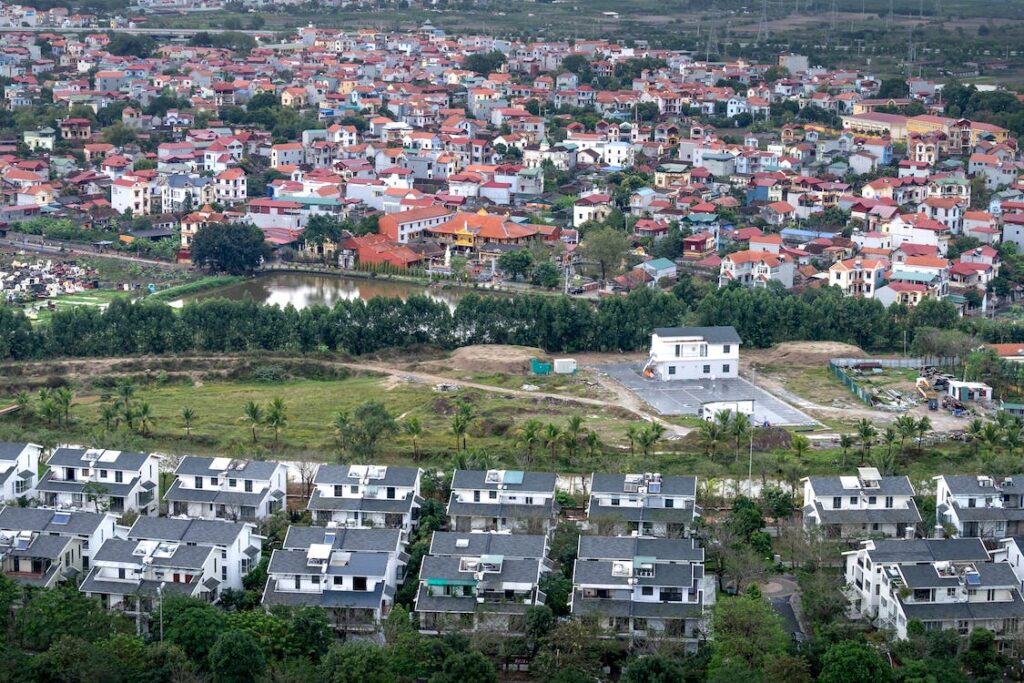Tiny House Offers to Homeowners Won’t Single-Handedly Solve NYC’s Housing Problem
Amid the ever-evolving urban landscape of New York City, the need for a diverse range of housing options has never been more apparent. The Adams administration’s endorsement of “granny flats” or accessory dwelling units (ADUs) is a positive step toward addressing this demand and catering to the unique housing needs of the city’s diverse population.
ADUs, typically compact living spaces situated in backyards, converted basements, or repurposed garages, offer a multitude of benefits. Not only do they provide homeowners with an avenue to supplement their mortgage payments, but they also enable older adults to age in place within their cherished neighborhoods. This concept aligns with the city’s spirit of adaptability and resilience, allowing for housing innovation that caters to various household dynamics.
However, as is often the case in New York, even a promising idea can become entangled in complexities. City Hall’s proposal to incentivize the construction of ADUs by offering substantial financial incentives, some may argue, borders on a form of persuasion that can be seen as a bribe. The offer of up to a staggering $400,000 to 15 homeowners willing to build an ADU on their property has sparked both excitement and concern within the community.
While the financial incentive may seem attractive on the surface, it is essential to scrutinize the conditions attached to this subsidy. These include stringent income restrictions for future ADU residents and the implementation of rent control, with a cap set at $2,600 per month.
The introduction of affordability criteria and rent control provisions aims to maintain a degree of housing accessibility within these ADUs, addressing concerns of affordability and gentrification. However, this approach also raises questions about the potential impact on property owners’ autonomy and the long-term sustainability of the program.
As the debate over ADUs in New York City continues, it is crucial to strike a balance between incentivizing their construction and safeguarding housing affordability. The path forward must involve a robust dialogue between stakeholders to ensure that this innovative housing solution aligns with the city’s housing needs while respecting the rights and aspirations of property owners.
In the dynamic landscape of New York City housing, the concept of “granny flats” represents both an opportunity and a challenge. As discussions progress, it remains to be seen how this unique housing solution will evolve and contribute to the diverse tapestry of housing options in the city that never sleeps.






